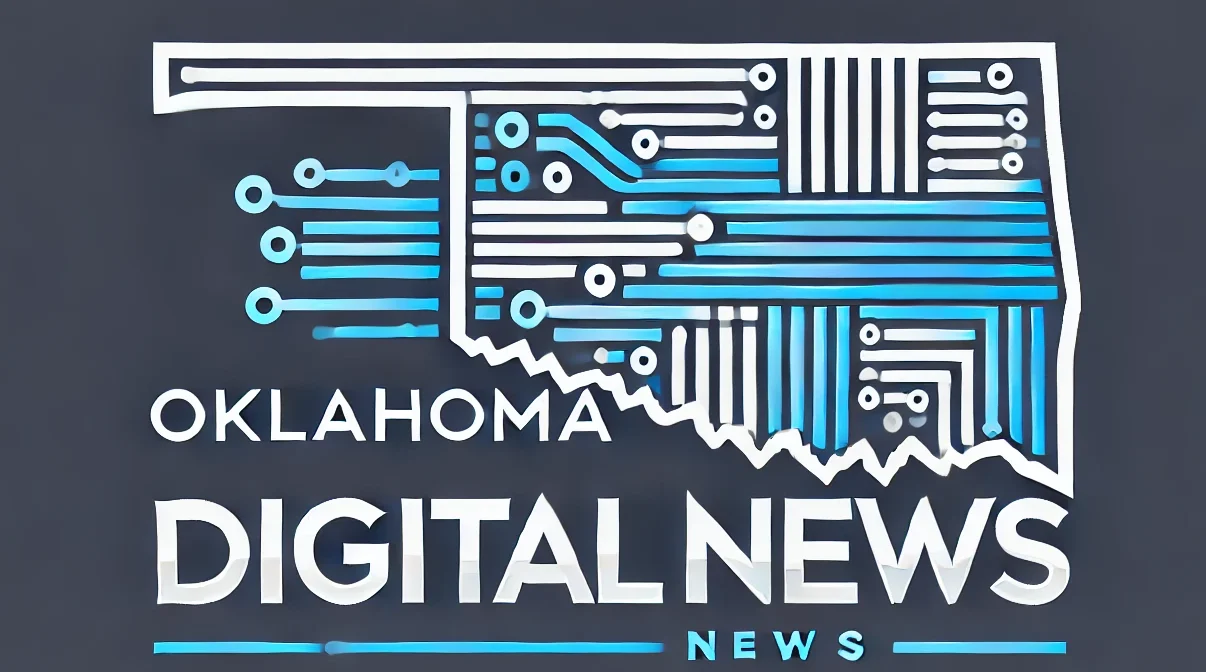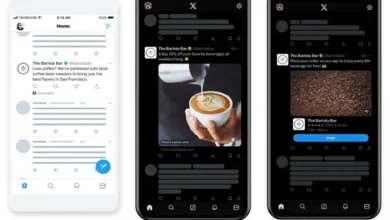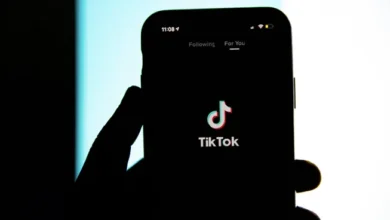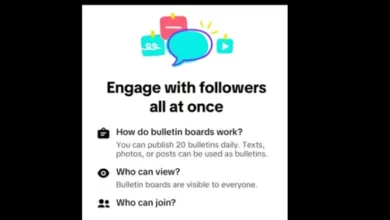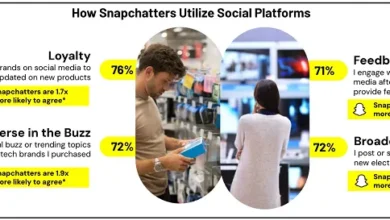LinkedIn Shares Tips on How to Run LinkedIn Live Events

Have you considered running live events on LinkedIn as a means to expand your promotional efforts?
It’s worth considering, according to LinkedIn, the volume of Live Video events increased by 15.3% throughout 2024, driving broader engagement with what could become a significant part of the broader LinkedIn experience (more so, I would argue, than trying to align with TikTok trends in a professional setting).
Industry events are valuable, engaging, and can help to expand professional connections, aligning with the platform’s core value offering.
And today, LinkedIn has shared some new tips on how to maximize your live events in the app.
As per LinkedIn content strategy lead Alexandra Rynne, here are five considerations for your live event promotions.
1. Schedule virtual events in advance and promote your event
This one’s a bit of a no-brainer, but if you want to ensure maximum attendance for your LinkedIn live events, you need to set out a plan to promote it ahead of time. Linkedin recommends two to four weeks lead time for a live event.
LinkedIn also made its Live Event Ads available to all businesses late last year, providing a paid means to boost attention and interest:
“Live Event Ads don’t just amplify your in-person events, they also help make your event more successful and profitable: Live events that are amplified beforehand enjoy a 19% higher engagement rate after the event has ended. Additionally, LinkedIn Live Event Ads can drive up to 40% lower cost per registration.”

2. Test with familiar live event formats
Rynne advises that brands should start out with live event types that are already popular in the app, in order to get a feel for live broadcasts.
“LinkedIn Live Events are ideal for celebratory moments, product launches, talent branding, live presentations, panel discussions, fireside chats, and Q&As. On the flipside, LinkedIn Live Events are not necessarily the most effective for multi-day events, private events, or exclusive or ticketed large-scale conferences.”
By starting with hat works, that could better enable you to scale to other event types, while also building an audience for your future broadcasts.
3. Focus on attendee experience
LinkedIn says that brands should consider the before, during and after attendee experience in order to maximize their event.
LinkedIn says that organizers need to understand how LinkedIn highlights events to attendees, via notifications and reminders:
“When you go live, LinkedIn notifies your attendees along with a subset of your Page followers, targeting those followers who are most likely to view your video. During a Live Event, viewers can engage with the host and other viewers by reacting or commenting in real time.”
After the event, LinkedIn suggests that organizers make video highlights available, including full replays where possible.
The key to a successful event is ensuring that you’re across all of the presented detail, and that you’re considering what attendees will experience in relation to your event.
4. Make your event memorable
Yeah, this is a bit like the usual content advice, which is “create valuable content”. Like, sure, but saying it and doing it are two different things.
In order to create a memorable event, Rynne points to planning as a key differentiator.
“How do you avoid being forgotten? Simple: You plan your event with an emphasis on engagement and memories. Again, live event organizers can, and should, engage their audiences before, during, and after the event. The key is to keep attendees intrigued and to keep the conversation going.”
Ensuring materials are made available to attendees, providing unique insight during the event only, and maintaining connection to ensure attendees got all they wanted are key steps to consider.
5. Target a focus objective with each event
Finally, Rynne advises that even organizers focus on a single goal for each event, be it lead generation, expanding thought leadership, etc.
Because trying to do everything with every event doesn’t work.
“For example, let’s say you want to promote thought leadership and also generate leads. You could generate leads by having attendees fill out a form to register for the event, however gating the event would limit the number of people who are exposed to your message, which wouldn’t work so well for spreading your thought leadership.”
As such, Rynne suggests that refining your focus can help to ensure you meet your KPIs, and get the most value out of your event.
I mean, there’ll be tangential benefits as well, but by focusing on one aim, that could ensure greater overall success (and set more realistic expectations).
Some key tips, which could help you make the most of your own LinkedIn Live Events.
You can check out LinkedIn’s full tips overview here.
Source link
